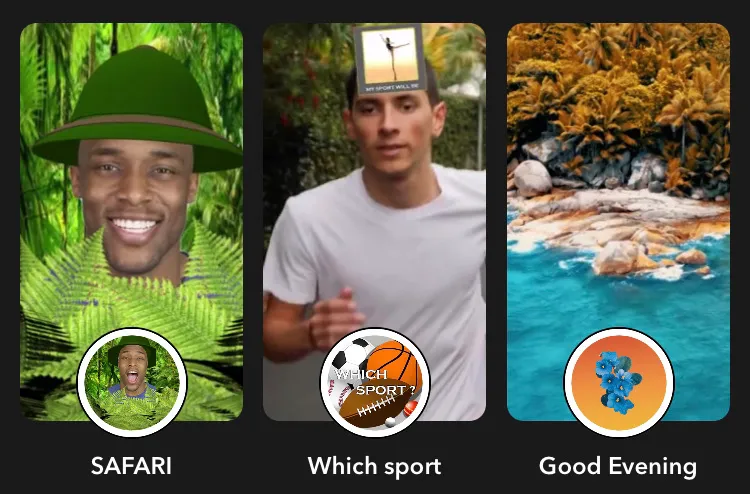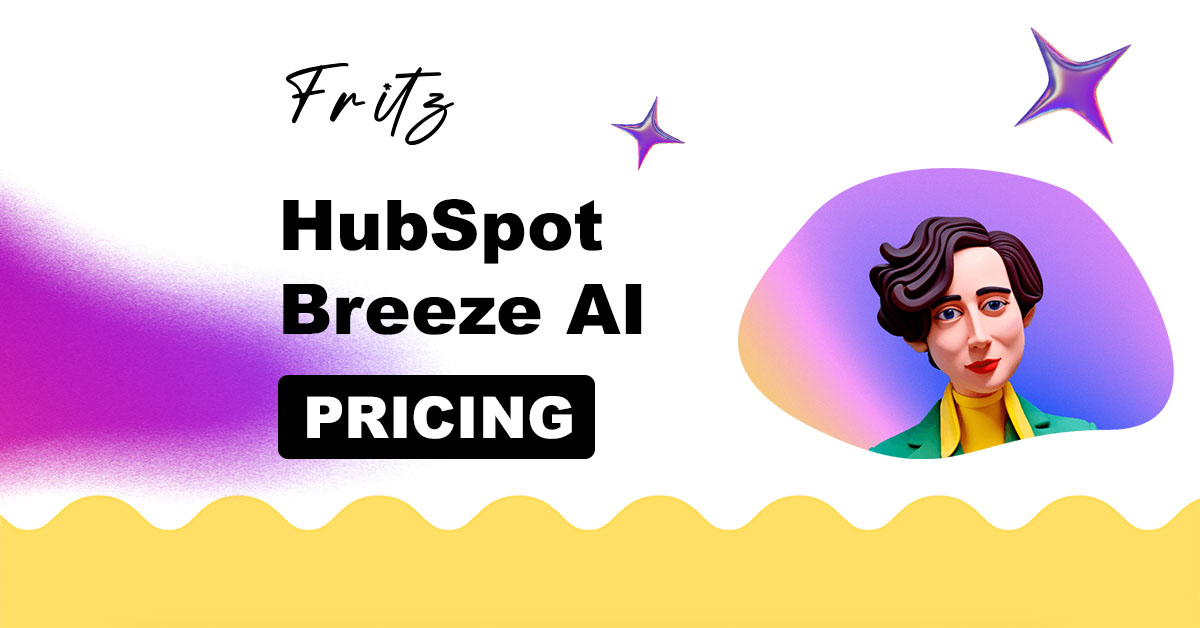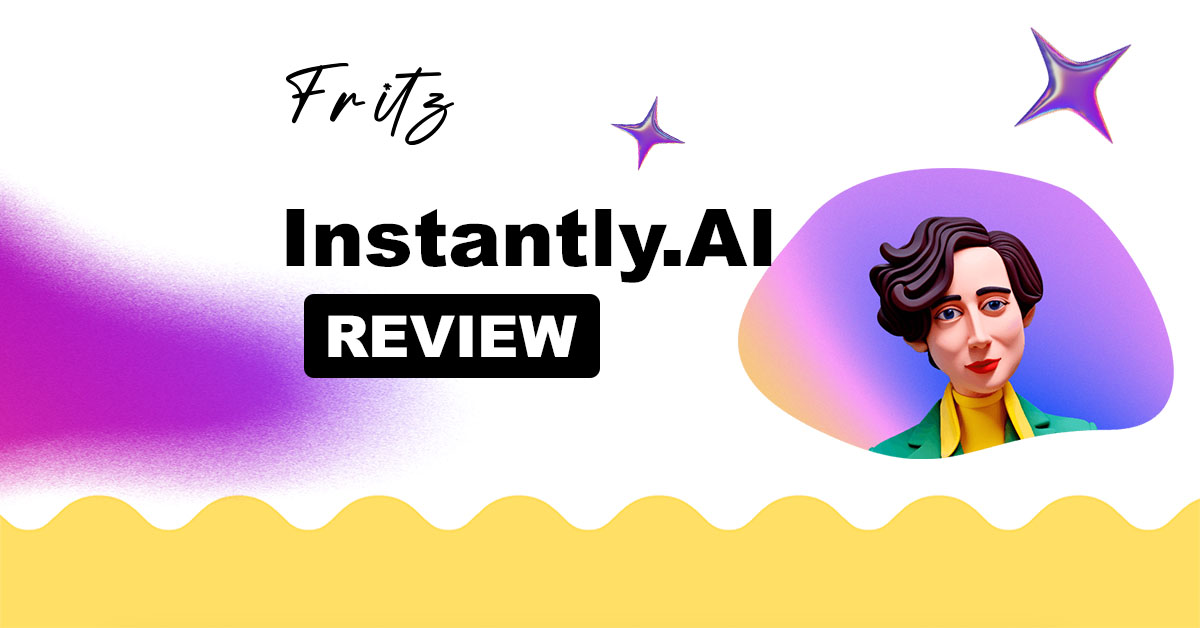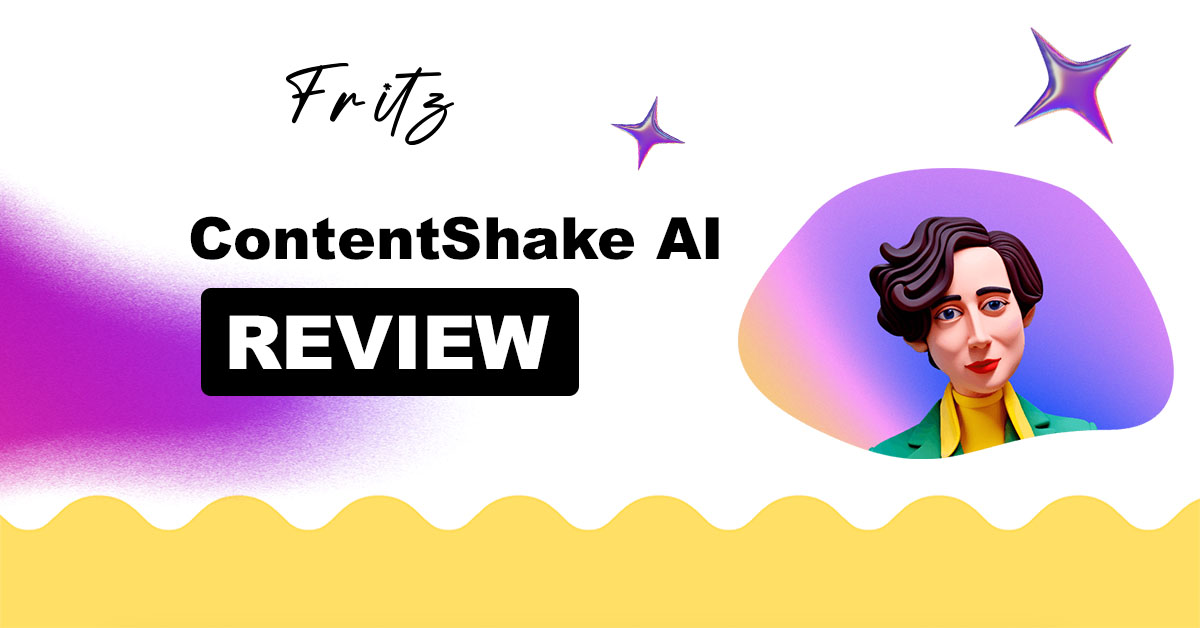Random Forests are an ensemble learning method that are used to perform regression and classification. Most ML developers have used Random Forests in their projects as they provide better accuracy than Decision Trees.
A Decision Tree is a decision support tool that uses a tree-like model of decisions and their possible consequences including chance event outcomes, resource costs, and utility. It is one way to display an algorithm that only contains conditional control statements.








